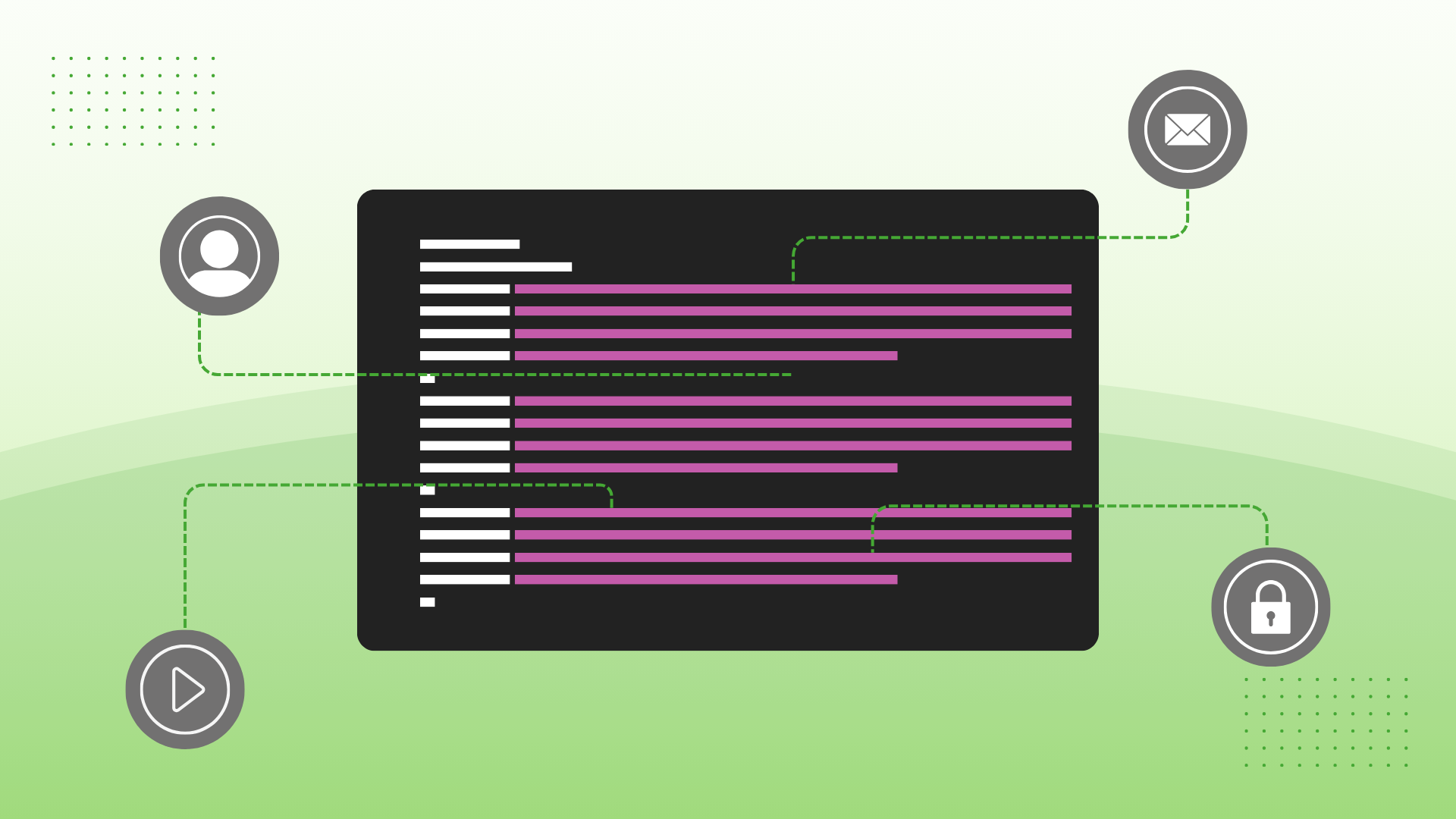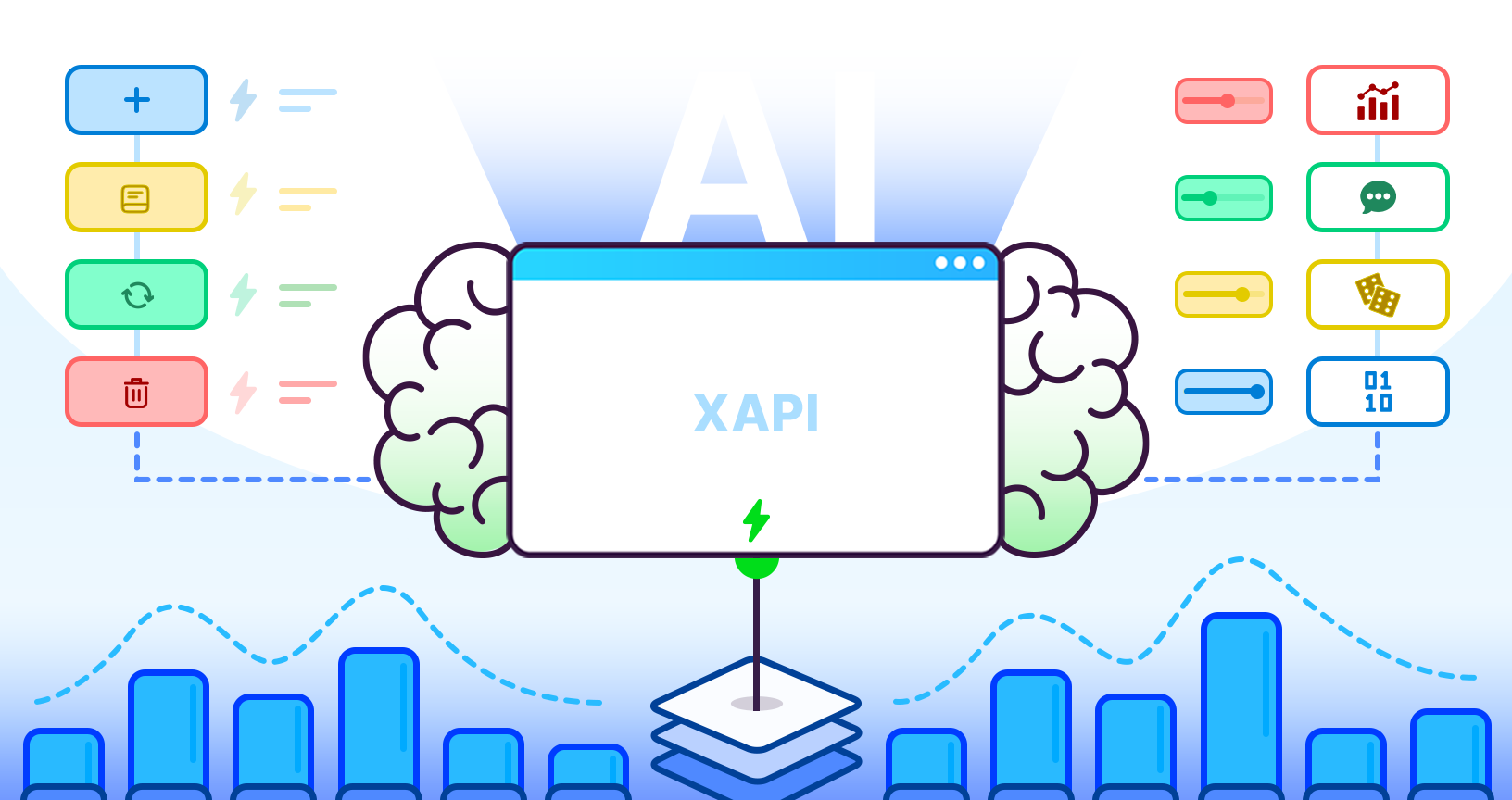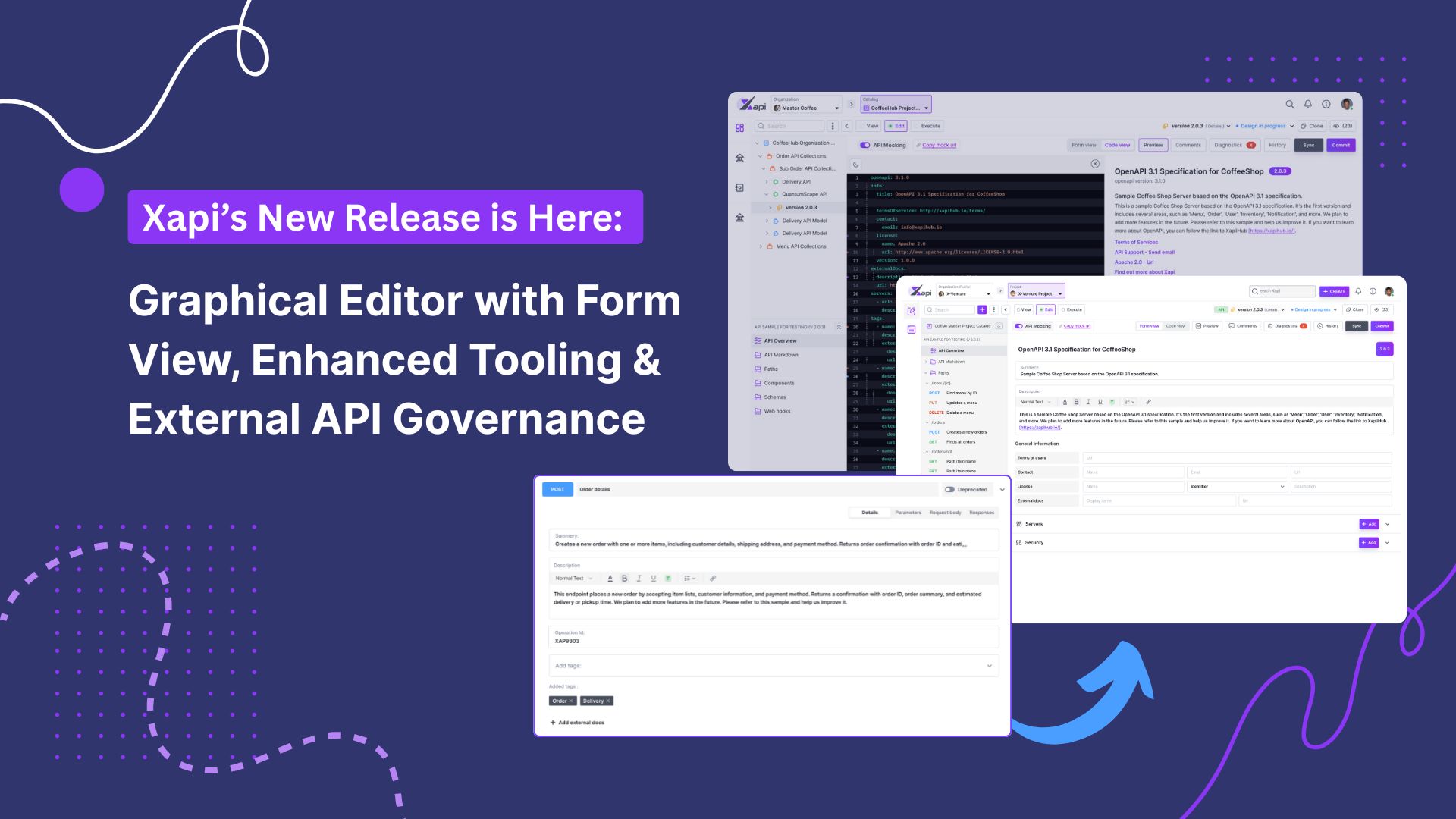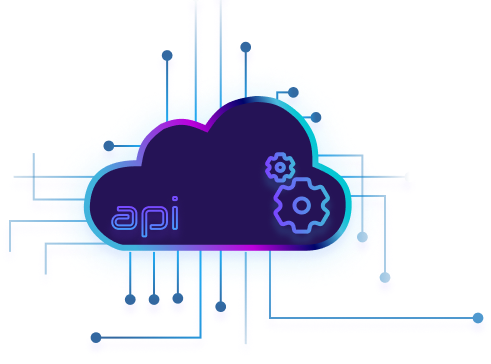API experience refers to the user's interaction with an API, which covers the ease of use, clarity of documentation,
naming convention consistency,
and API design. A desirable API experience should be intuitive, user-friendly, and cater to the user's needs and
expectations. The main objective of
designing an API experience is to provide a smooth and efficient way for developers and users to access and use the
API, which ultimately enhances
the software application or service's usability and functionality.
Understanding the users of an API is crucial for designing a better API, as it enables a thorough comprehension of
the user's requirements and needs.
-
API Developer experience
APIs are employed by developers to access data and functionality from other applications or services. This
access can be utilized to create new
applications, automate tasks, and integrate multiple systems.
-
Business stakeholders experience
APIs are also utilized by business stakeholders to access data and information that can aid in making
strategic decisions or enhancing business operations. APIs enable stakeholders to collect data, analyze
trends, and gain valuable insights into customer behavior or market trends, thereby contributing to informed
decision-making.
-
End-users experience
End-users engage with APIs via the applications or services they utilize. While they may not be aware that
they are interacting with an API, they derive advantages from the functionality and data that the API
supplies, such as real-time information or search results.
-
Partners and third-party vendors experience.
APIs are also employed by partners and third-party vendors to integrate their applications or services with
other systems. This integration enables them to provide their users or customers with access to additional
functionality or data, thereby enhancing their experience.
Designing better APIs involves considering various factors that contribute to a desirable API experience. Here are
some tips on how to design better APIs:



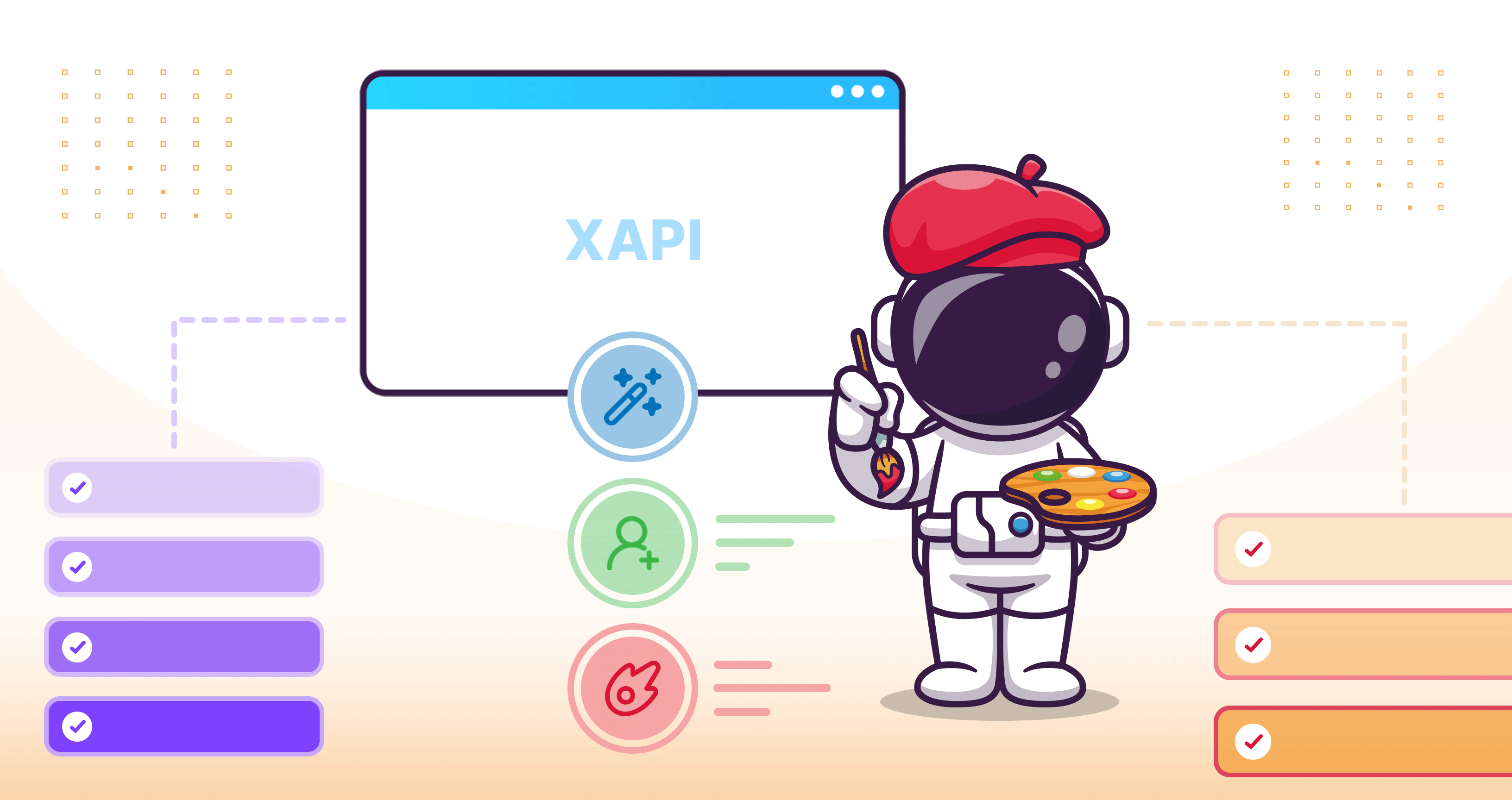



.jpg)

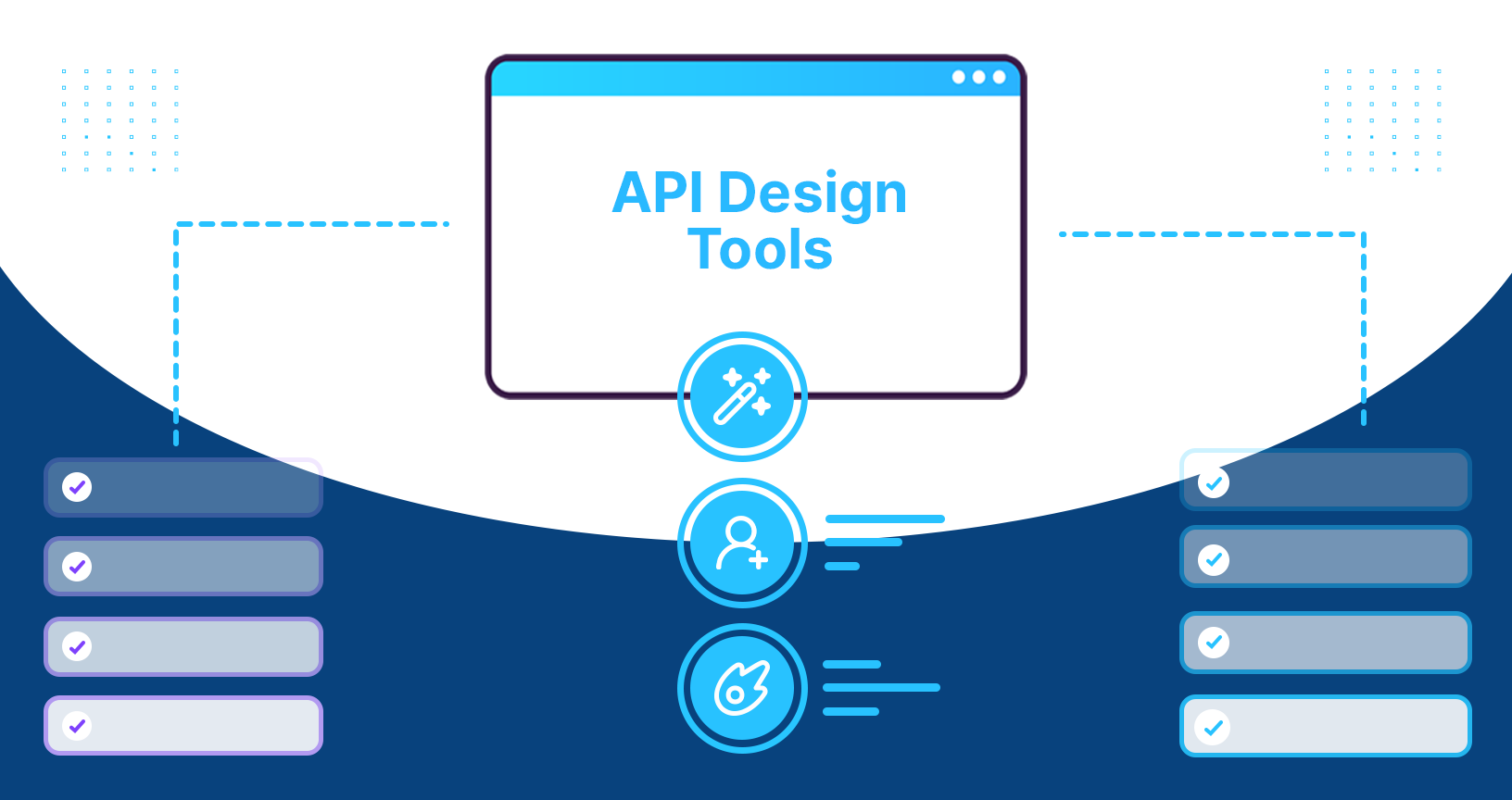

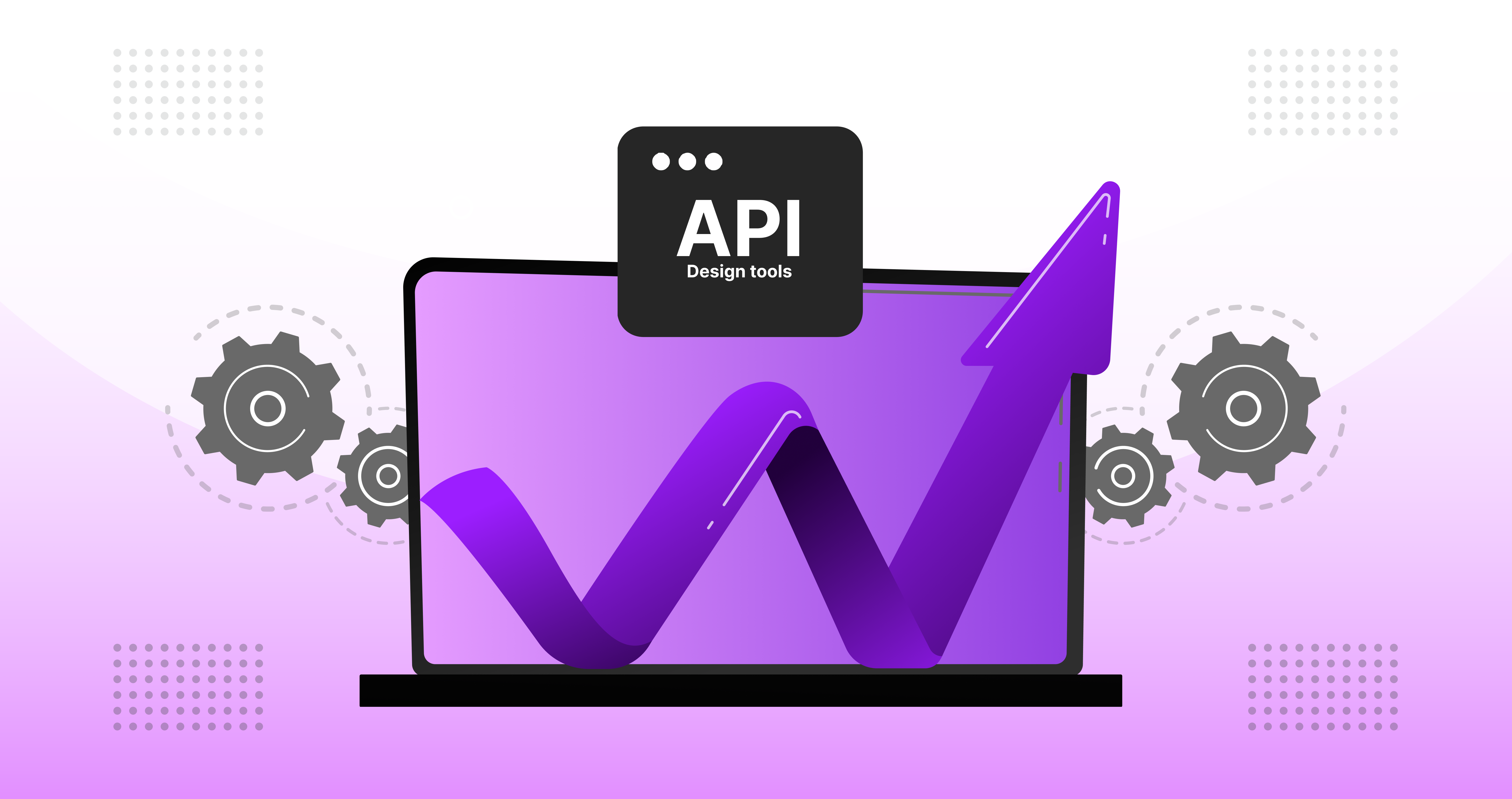



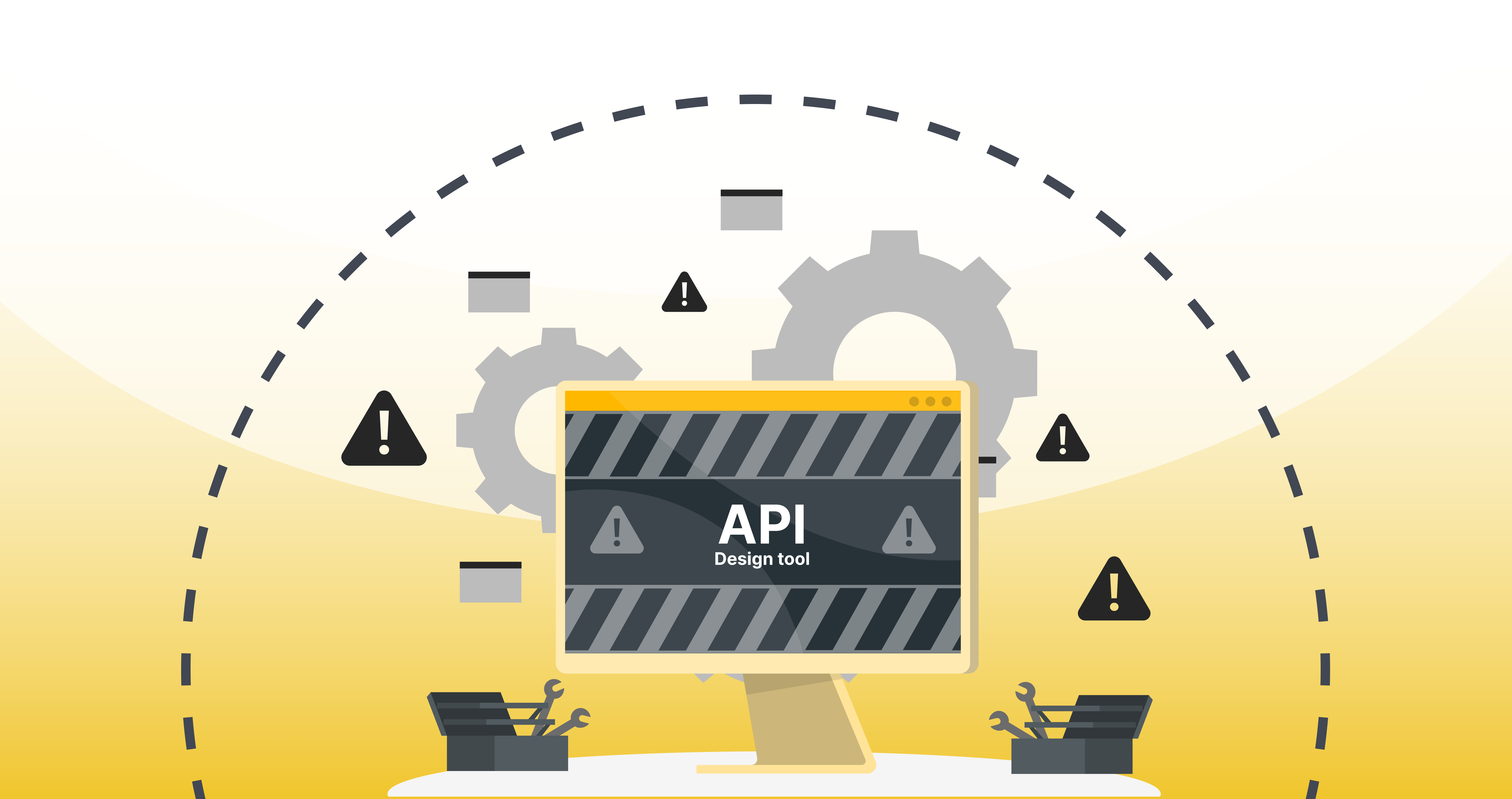

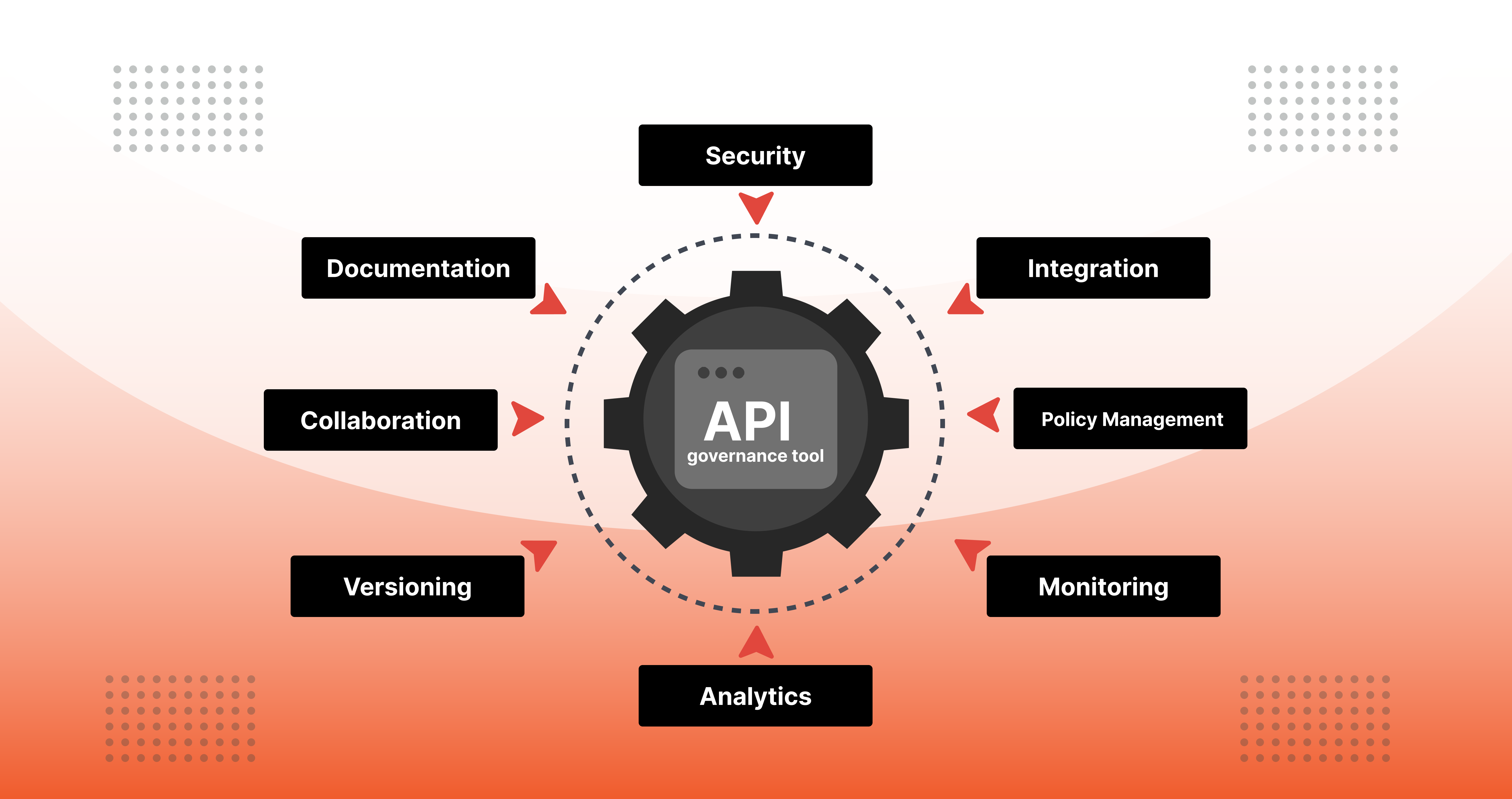

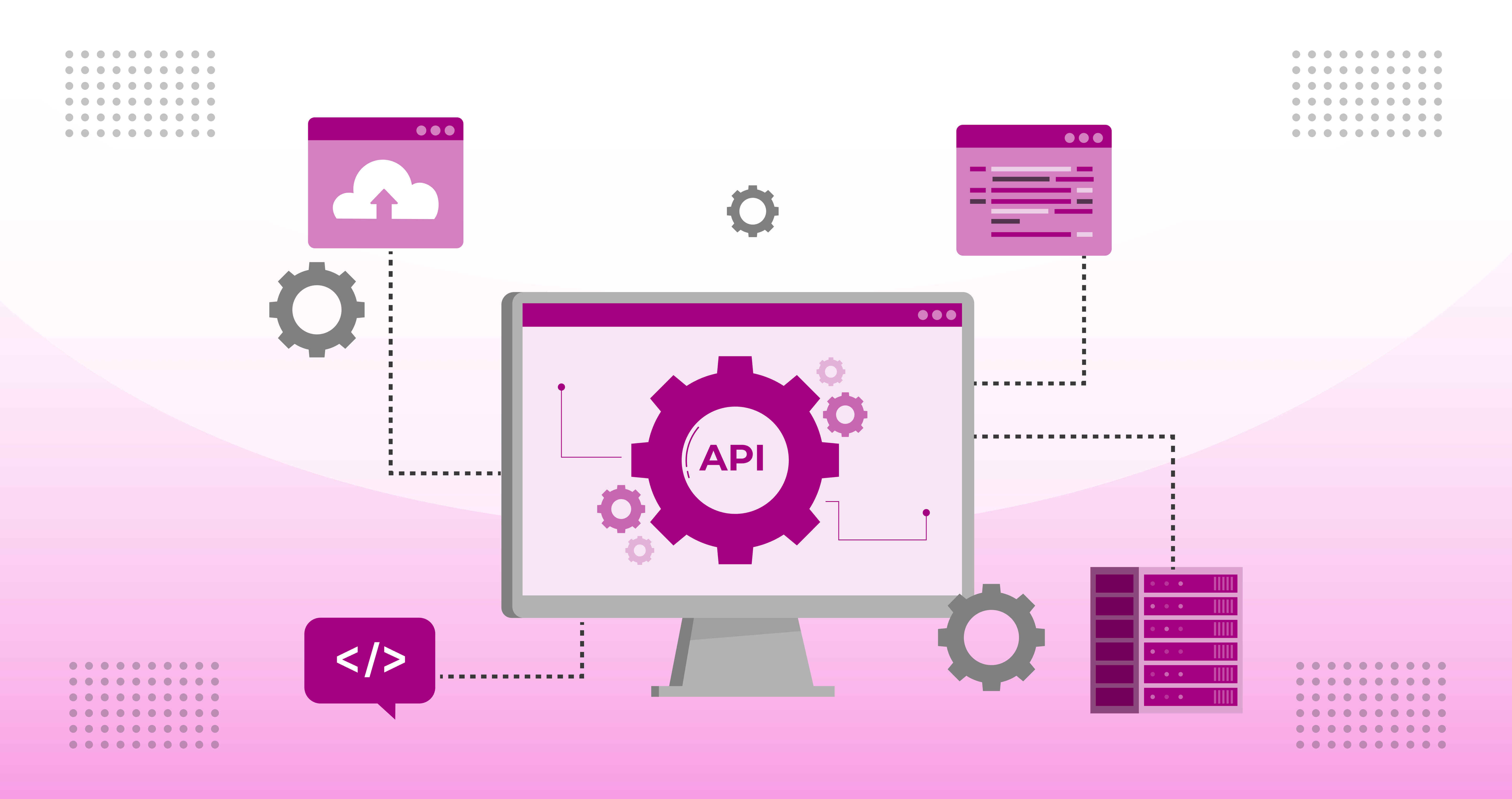

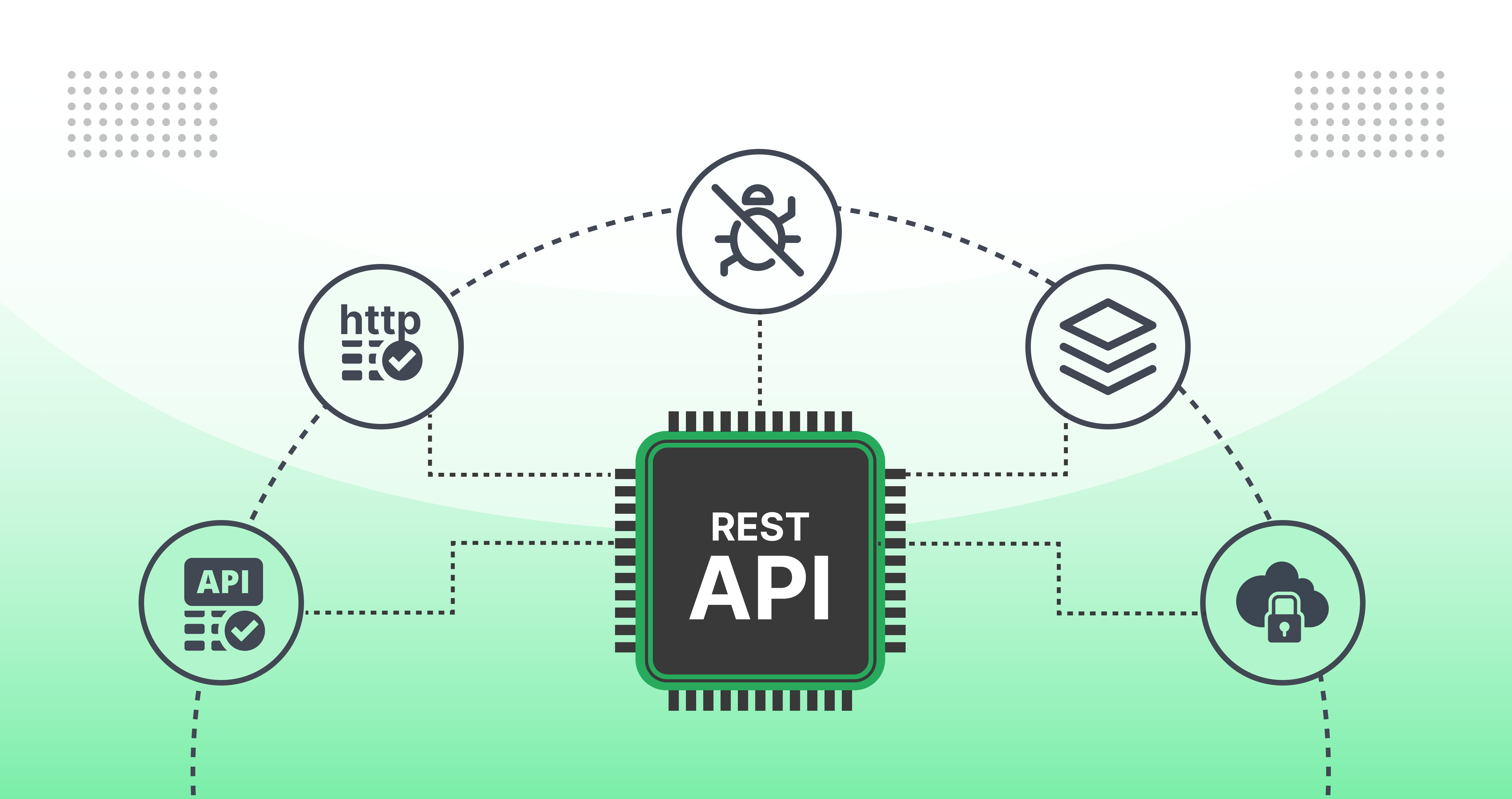

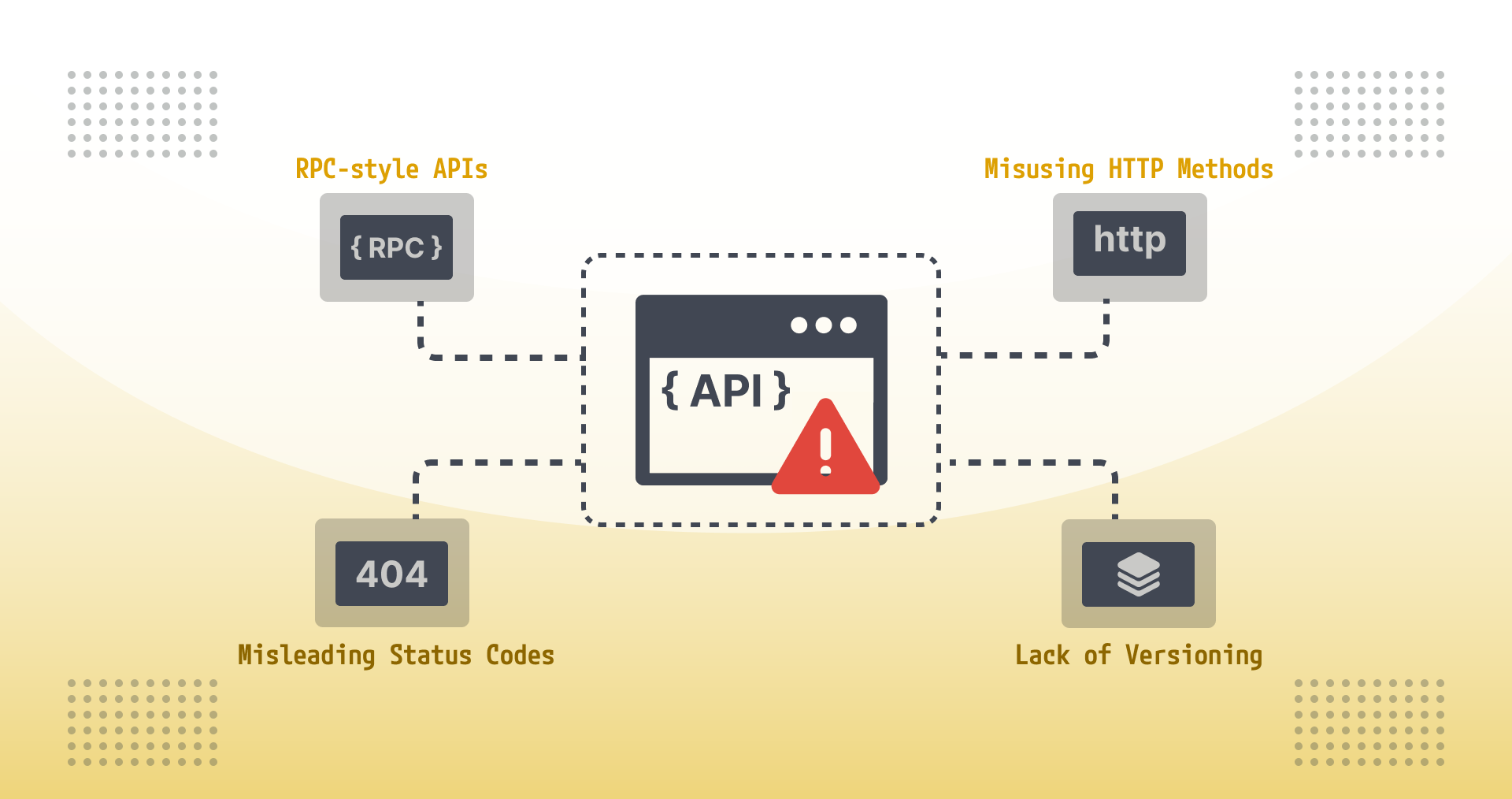

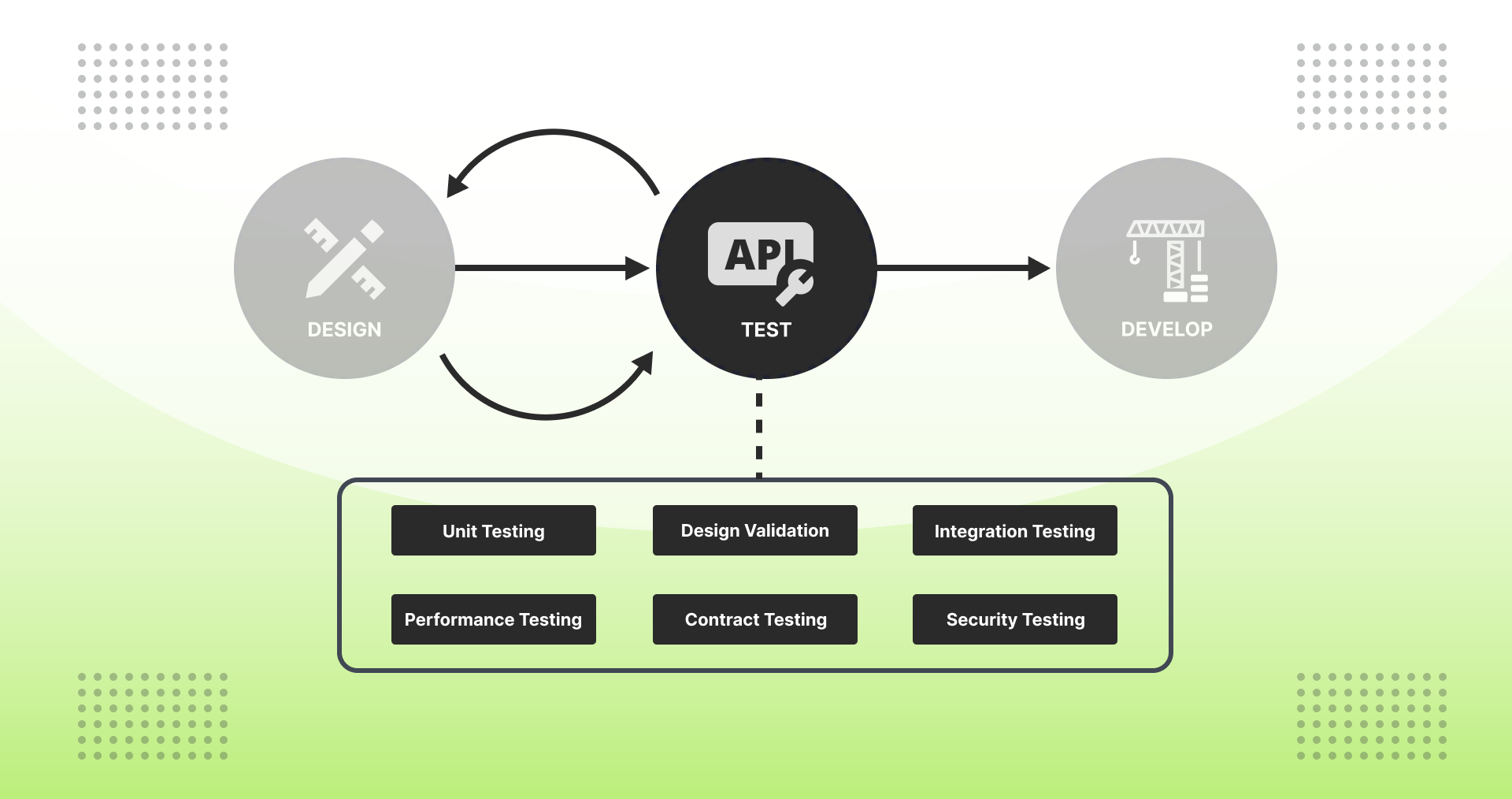



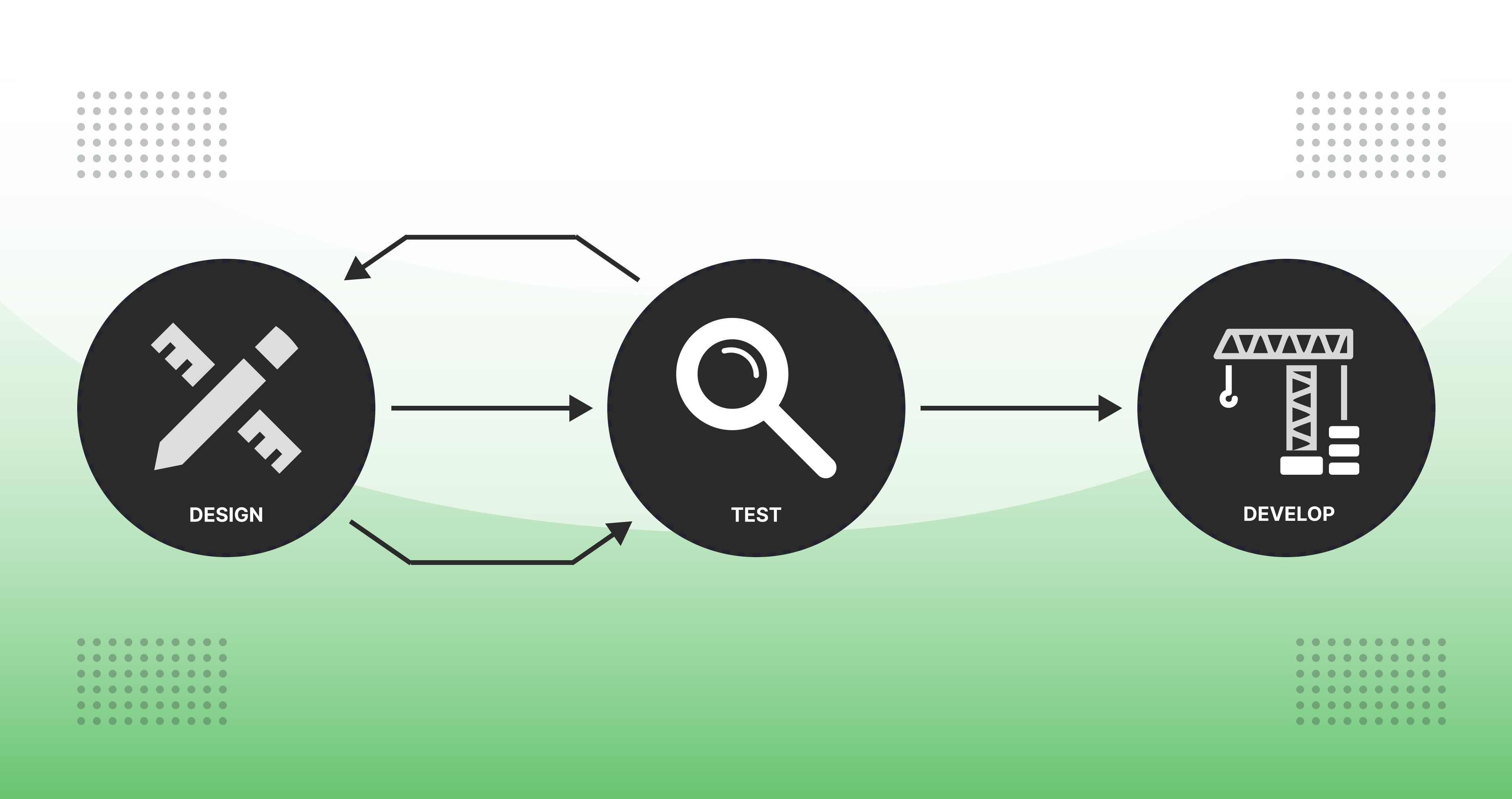

.jpg)
